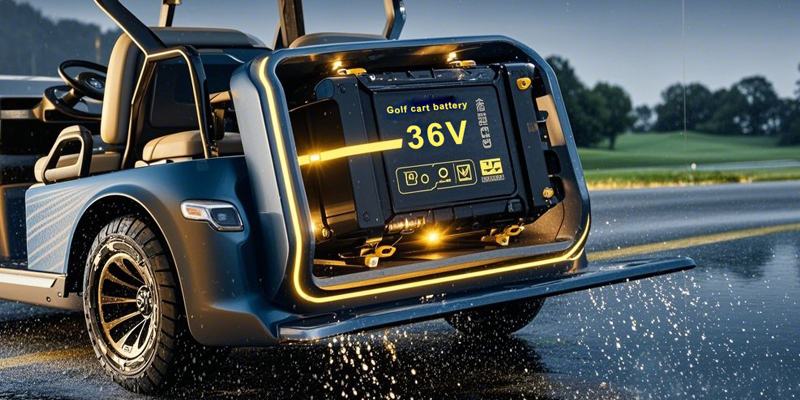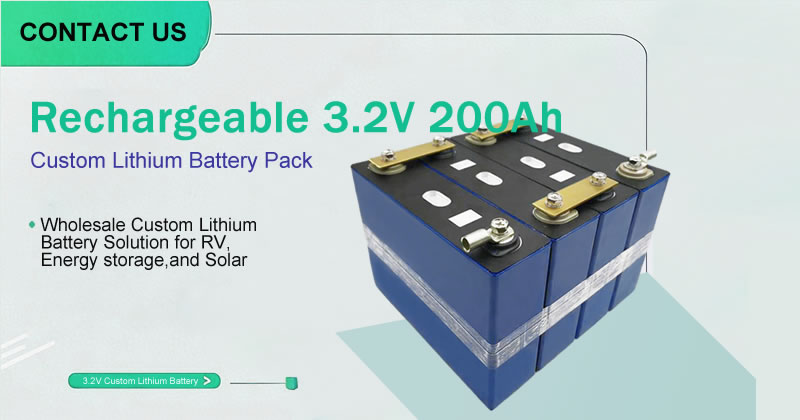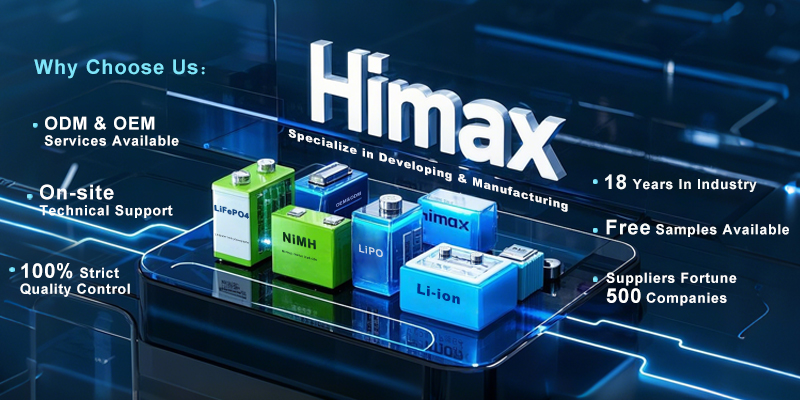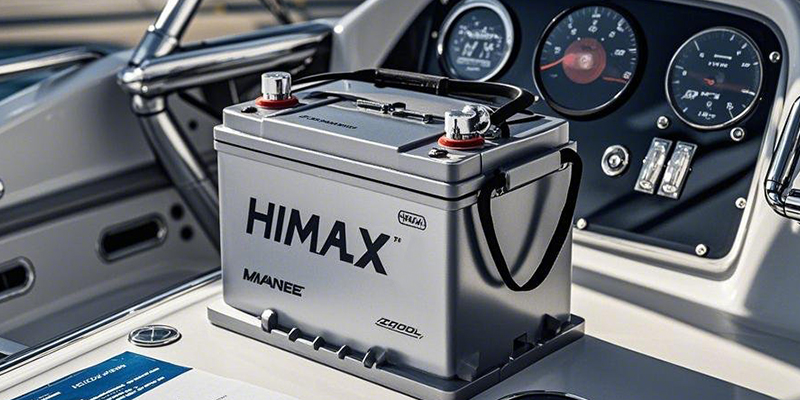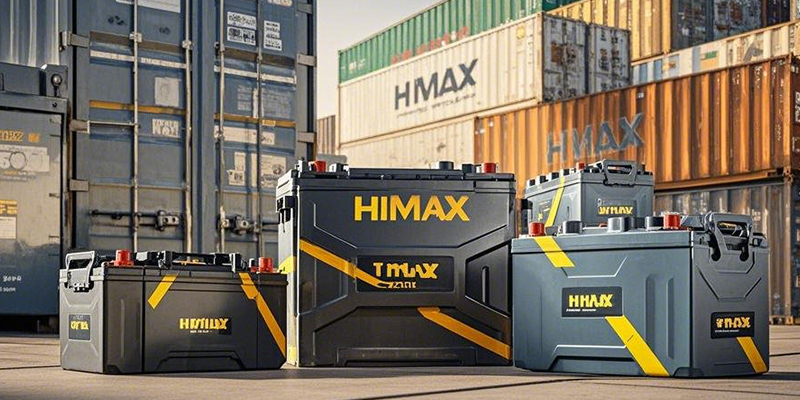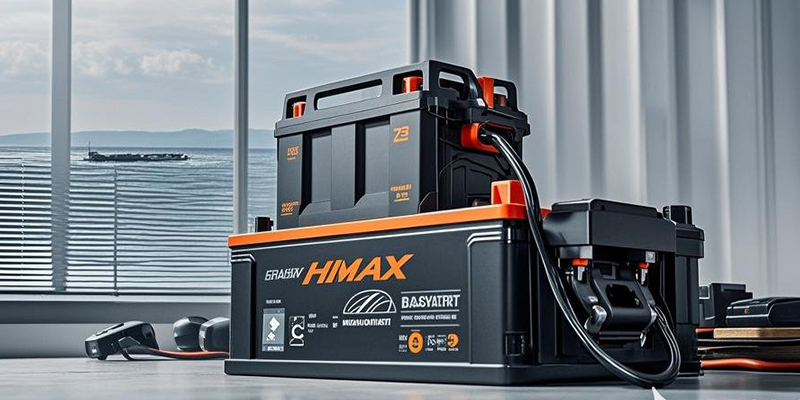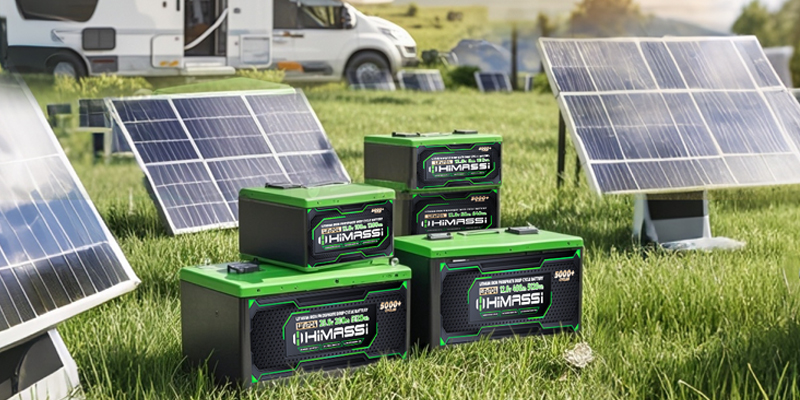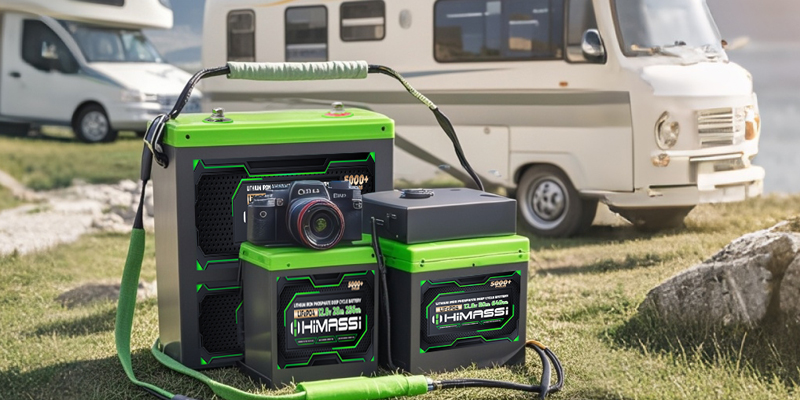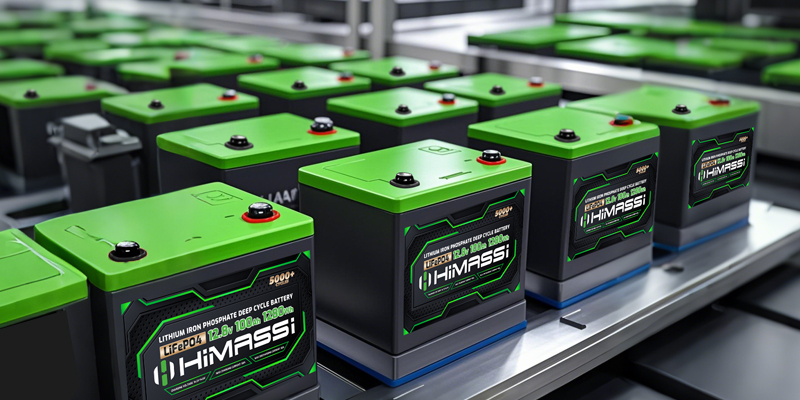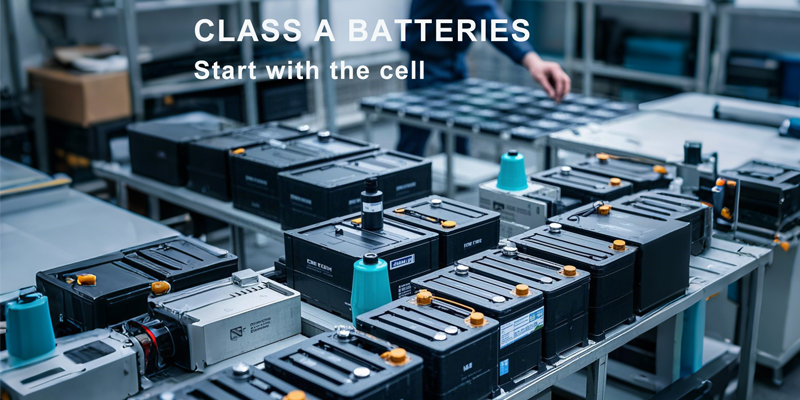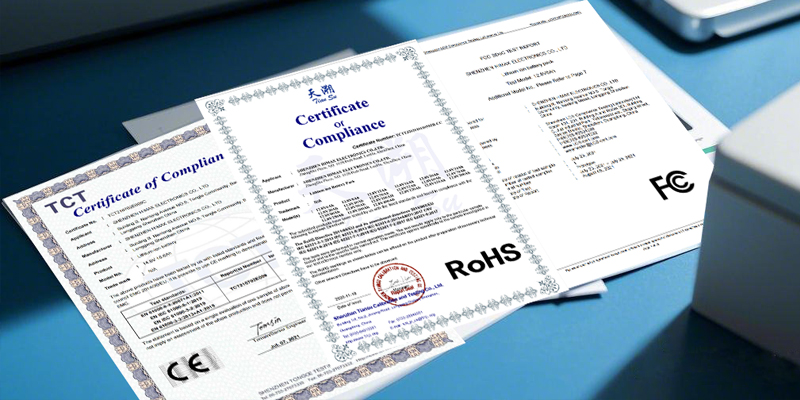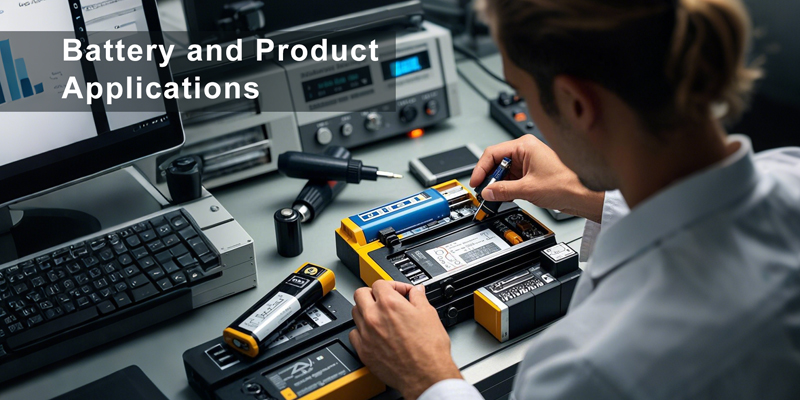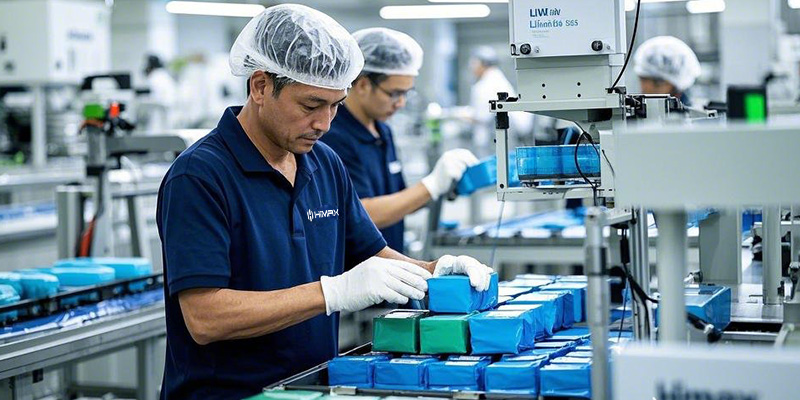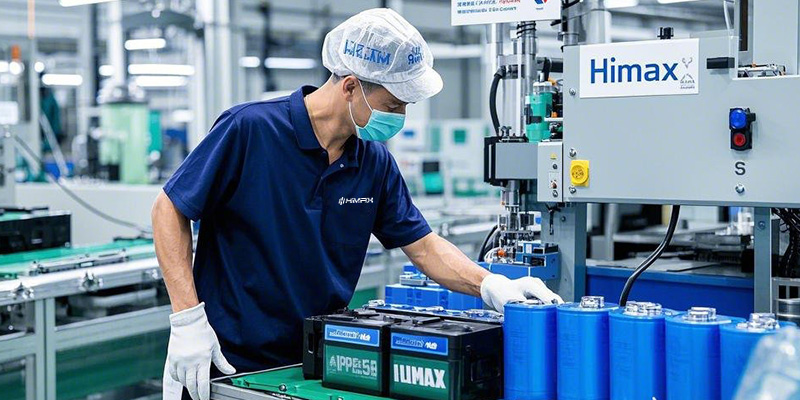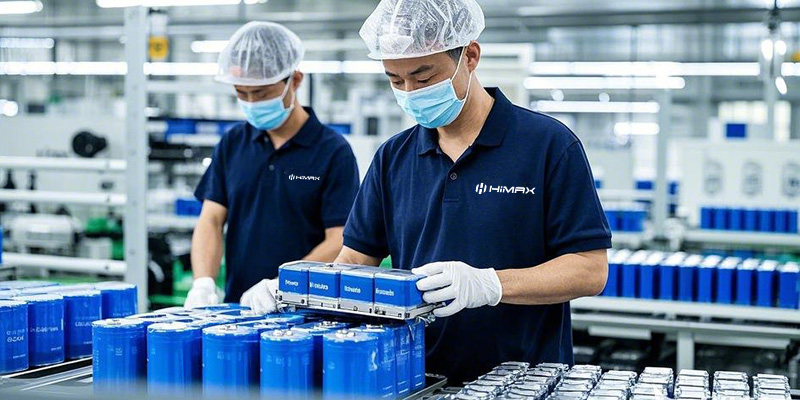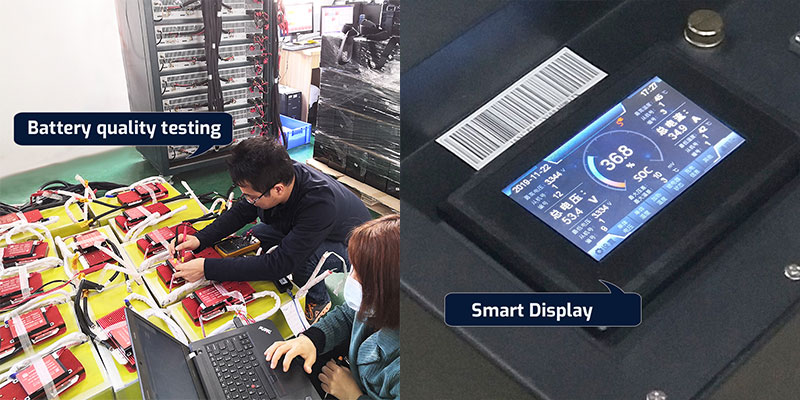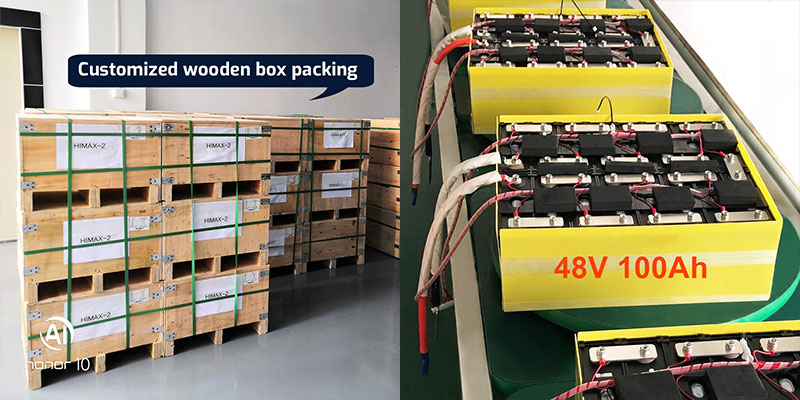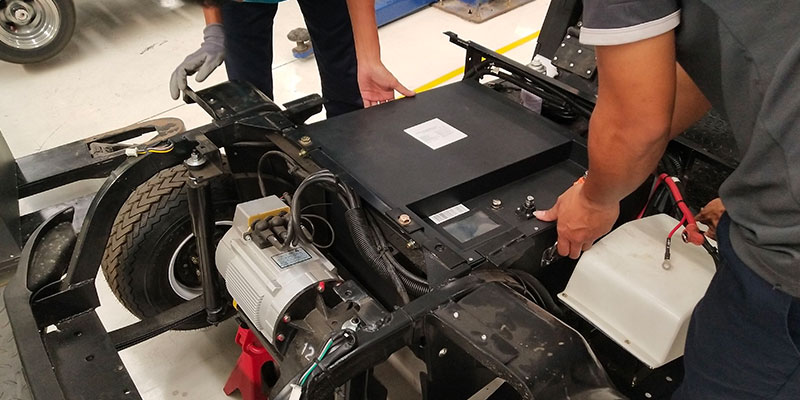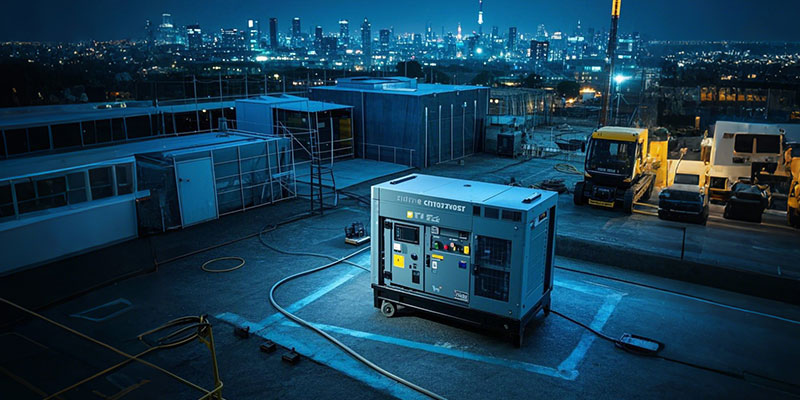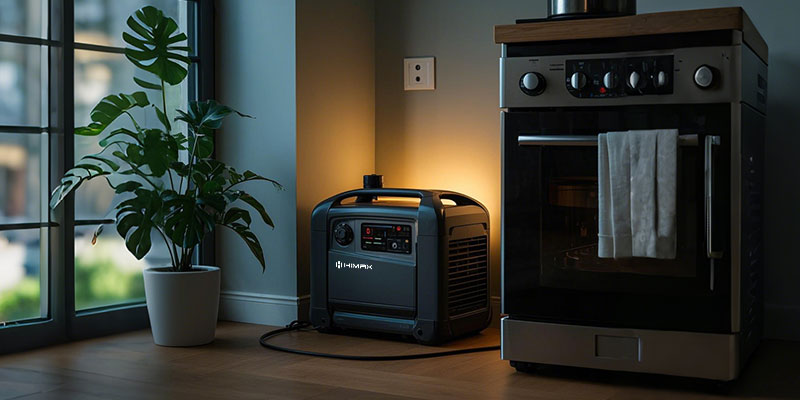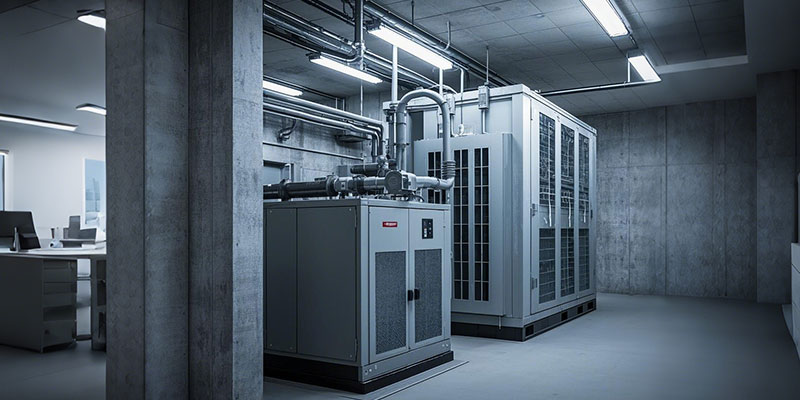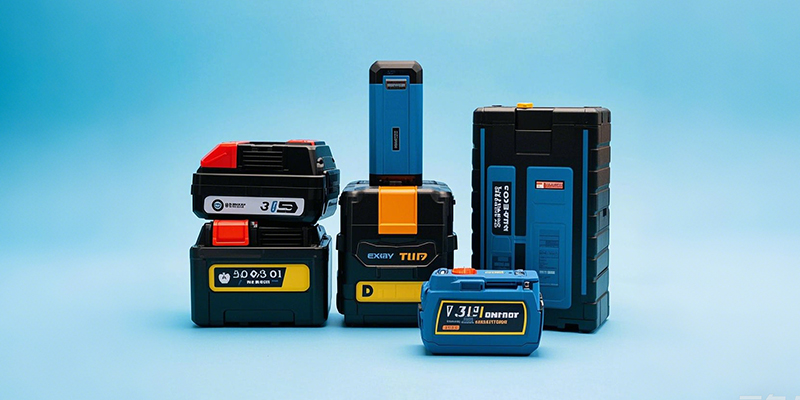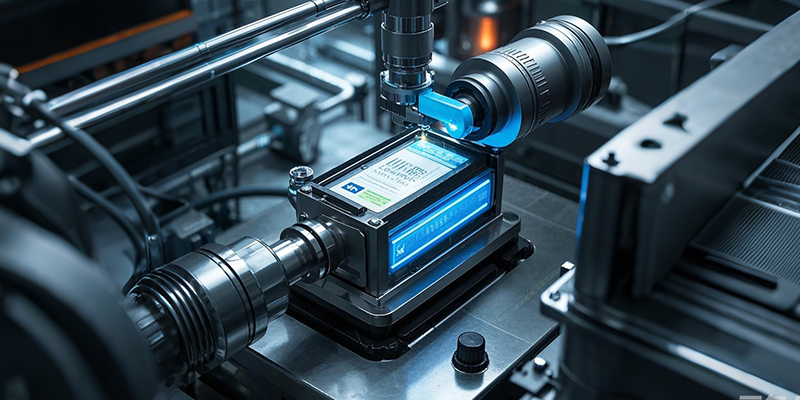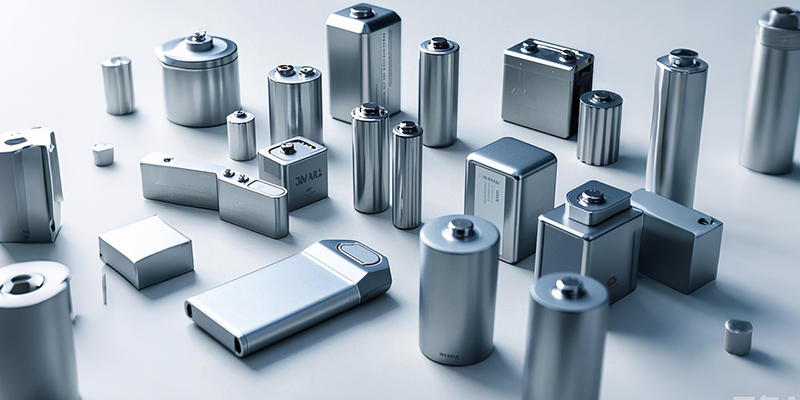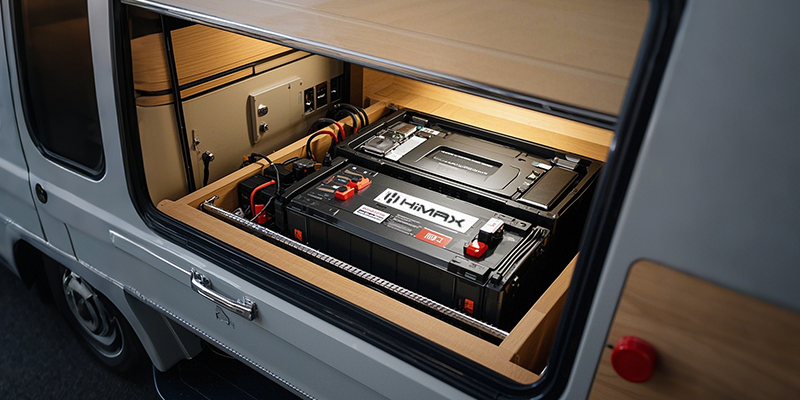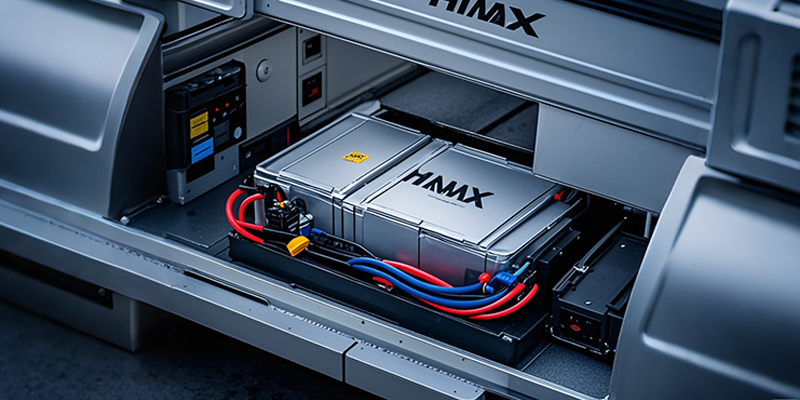In recent years, the global energy transition has accelerated, and solar energy has become one of the most viable renewable energy sources. Solar power systems, however, require efficient energy storage solutions to ensure a continuous and reliable power supply, especially during non-sunny periods. This is where custom batteries come in—designed specifically to meet the energy demands of solar energy systems.
In this guide, we’ll explain how to design the perfect custom battery for your solar energy system, covering everything from understanding your system’s needs to selecting the right battery type and optimizing for safety, efficiency, and longevity.
Understanding the Energy Needs of Your Solar System
The first step in designing a custom battery for your solar energy system is understanding your power requirements. Without a proper understanding of these needs, it’s impossible to select the right battery type, size, and capacity.
1. Assess Your Energy Consumption
To begin, evaluate the energy consumption of your home or business. This includes looking at your daily energy usage patterns and understanding peak demand times. Review your monthly electricity bills to find out how much energy you use on average each day. You can also use energy monitoring devices to get a more accurate real-time breakdown of your consumption.
2. Calculate Battery Capacity
Once you have a sense of your energy usage, you need to determine the appropriate battery capacity. Battery capacity is typically measured in kilowatt-hours (kWh). To calculate this, you need to consider how long you want your battery to provide power when solar generation isn’t available (e.g., during the night or cloudy days).
For example, if your daily energy consumption is 30 kWh and you want your battery to last for one full day of backup, you’d need a battery that has at least 30 kWh of storage capacity.
3. Consider Peak Power Demand
In addition to storing enough energy, the battery should be capable of handling your peak power demand. This is especially important for devices or appliances that use a lot of energy in a short burst (e.g., HVAC systems, refrigerators, or washing machines). You’ll need to select a battery system that can supply high discharge rates when required.
Choosing the Right Type of Battery for Your Solar System
When selecting a battery, it’s essential to understand the various types available, each of which has its own advantages and disadvantages. Below, we’ll break down some of the most commonly used battery types for solar energy systems.
1. Lithium-ion (Li-ion) Batteries
Lithium-ion batteries, including the popular LiFePO4 battery (Lithium Iron Phosphate), have become a go-to option for modern solar energy storage systems. Li-ion batteries are well known for their high energy density, lightweight design, and long cycle life. These batteries are also safer and more efficient than traditional options like lead-acid batteries.
LiFePO4 batteries, specifically, are an excellent choice for solar applications due to their thermal stability, non-toxic nature, and long-lasting performance. They are highly efficient, typically offering a lifespan of 10+ years with minimal degradation, which makes them a great investment in the long term.
2. Lead-acid Batteries
Lead-acid batteries have been around for decades and are often seen as a cheaper alternative to lithium-ion batteries. They are available in two types: flooded lead-acid and sealed (AGM and Gel). While they are cheaper upfront, they have a shorter lifespan, lower efficiency, and a slower charging time compared to lithium-ion batteries. Lead-acid batteries are also more prone to overcharging and require more maintenance.
3. Saltwater Batteries
Saltwater batteries are an emerging option that uses a mixture of saltwater and other materials to store energy. These batteries are known for being environmentally friendly and less toxic compared to lithium-ion and lead-acid batteries. However, they are still relatively new to the market and may not yet have the efficiency and longevity of other battery types, making them less common for solar installations.
4. Flow Batteries
Flow batteries use a different method for storing energy, where a liquid electrolyte flows through a system to release stored energy. While these batteries are efficient for larger-scale applications and offer long-duration energy storage, they are often too expensive and complicated for typical residential solar systems.
Key Factors to Consider When Designing a Custom Battery
Designing the perfect custom battery involves more than simply choosing the right battery type. Several other factors must be considered to ensure that your battery system is optimized for both performance and safety.
1. Battery Capacity and Voltage
Choosing the right capacity is crucial. As we mentioned earlier, you’ll need to calculate how much energy storage you need based on your consumption. You’ll also need to decide on the right voltage for your system. Solar energy systems typically run on either 12V, 24V, or 48V systems, and the battery you choose must be compatible with these voltages.
2. Battery Management System (BMS)
A Battery Management System (BMS) is critical to ensuring that your battery operates efficiently and safely. The BMS helps monitor the voltage, current, and temperature of the battery and prevents issues like overcharging or overheating, which can lead to battery failure. When designing a custom battery system, make sure your battery is equipped with a reliable BMS to maximize safety and performance.
3. Cycle Life and Warranty
The lifespan of your battery will have a significant impact on its cost-effectiveness. Batteries have a limited number of charge/discharge cycles, after which they begin to degrade. Lithium-ion batteries like LiFePO4 offer an impressive cycle life—up to 3,000 cycles or more—ensuring that your battery lasts for many years with minimal degradation. Be sure to check the warranty period as well, as a longer warranty is often indicative of better battery quality.
4. Efficiency and Depth of Discharge (DoD)
Efficiency refers to the amount of energy that can be extracted from the battery compared to the amount of energy used to charge it. A high-efficiency battery means that less energy is lost during charging and discharging cycles.
Depth of Discharge (DoD) refers to how much of the battery’s capacity can be used before it needs to be recharged. For example, a battery with an 80% DoD means you can use up to 80% of the battery’s capacity before recharging. A higher DoD generally means more usable energy, but it can shorten the overall lifespan of the battery. LiFePO4 batteries typically allow for a deeper discharge (up to 90%) without significantly impacting lifespan.
5. Temperature Tolerance and Ventilation
Temperature extremes can impact battery performance and lifespan. High temperatures can cause batteries to degrade faster, while cold temperatures can reduce the battery’s efficiency and overall performance. Ensure that your battery design accounts for temperature tolerance and includes appropriate ventilation or thermal management systems, especially in regions with extreme weather conditions.
6. Safety Features
Safety is paramount when designing a custom battery for solar energy. Look for batteries with built-in safety features like overcurrent protection, thermal protection, and short-circuit protection. These features help prevent battery failures and ensure long-term safety. LiFePO4 batteries, for example, are known for their inherent safety and stability, making them a top choice for solar applications.
Testing and Integration: Ensuring the Battery System Works Seamlessly with Your Solar Setup
Once you’ve chosen and designed your custom battery, it’s time to integrate it into your solar energy system. Before final installation, it’s essential to perform tests to ensure that the battery performs as expected under different load and environmental conditions. This includes checking the battery’s efficiency, charge/discharge rates, and response to temperature changes.
Make sure that your battery system is compatible with the rest of your solar energy system—this includes your solar panels, inverter, and any other power management equipment. If necessary, consult a professional installer to help ensure that all components work together seamlessly.
Himax Electronics: Your Partner for Custom Battery Solutions
At
Himax Electronics, we specialize in providing high-quality, customized battery solutions for solar energy systems. Our
LiFePO4 battery products are designed with advanced technology to deliver superior performance, efficiency, and longevity. With a focus on safety and reliability, we ensure that our batteries are tailored to meet the unique needs of your solar system.
Whether you’re a homeowner or a business owner looking to optimize your solar energy storage, Himax Electronics offers flexible solutions to fit your specific requirements. Our team of experts can assist you in designing a custom battery that aligns perfectly with your energy needs and budget.
Conclusion
Designing the perfect custom battery for your solar energy system requires careful consideration of your energy needs, the right battery type, and several technical factors. By selecting the best-suited battery and ensuring it’s properly designed, you can achieve an efficient, reliable, and long-lasting solar energy storage system.
If you’re ready to take the next step in enhancing your solar energy system,
Himax Electronics is here to provide you with the high-quality, customized battery solutions you need to maximize your system’s performance. Reach out to us today to discuss your specific requirements and discover the perfect battery for your solar system.

